Affiliate links on Android Authority may earn us a commission. Learn more.
5 best selling smartphones of all time
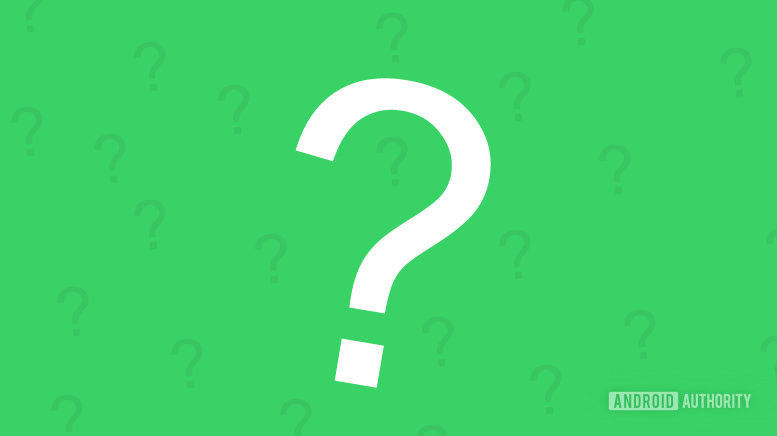
We’re spoilt for choice for smartphone models these days, from high-end to cost-effective, each with an ever-growing list of features. More people are buying phones than ever before, yet finding a winning formula in today’s crowded market is harder than it sounds.
We already know which are the most popular phones of all time. There were plenty of surprises in the list, including a rather large number of feature phones. But what about smartphones, which releases have sold the most units over the past decade? Here are the top five most popular smartphones of all time.
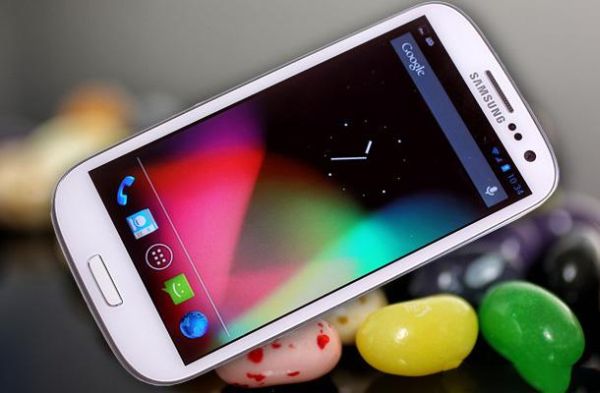
70 million – Galaxy S3 / iPhone 5
Both the Samsung Galaxy S3 and Apple’s fifth-generation iPhone clocked in around 70 million reported sales over their lifetime. Sadly sales figures are rounded to the nearest million, making it possible that either of these two models may have nudged ahead by a few thousand sales or so.
Interestingly enough, both of these phones built on the momentum of highly popular predecessors – Samsung’s breakthrough Galaxy S2 and Apple’s Siri packing iPhone 4s. Both were also released in 2012, back in the rapid growth phase of the smartphone market.
Samsung’s 2012 flagship effort solidified the company’s position as a leader in the smartphone market and saw the company begin to break away from the other early players in the Android ecosystem. For Apple, the iPhone 5 was yet another tweak in a clearly popular formula, with the slightly larger 4-inch display being the main selling factor over its predecessor.
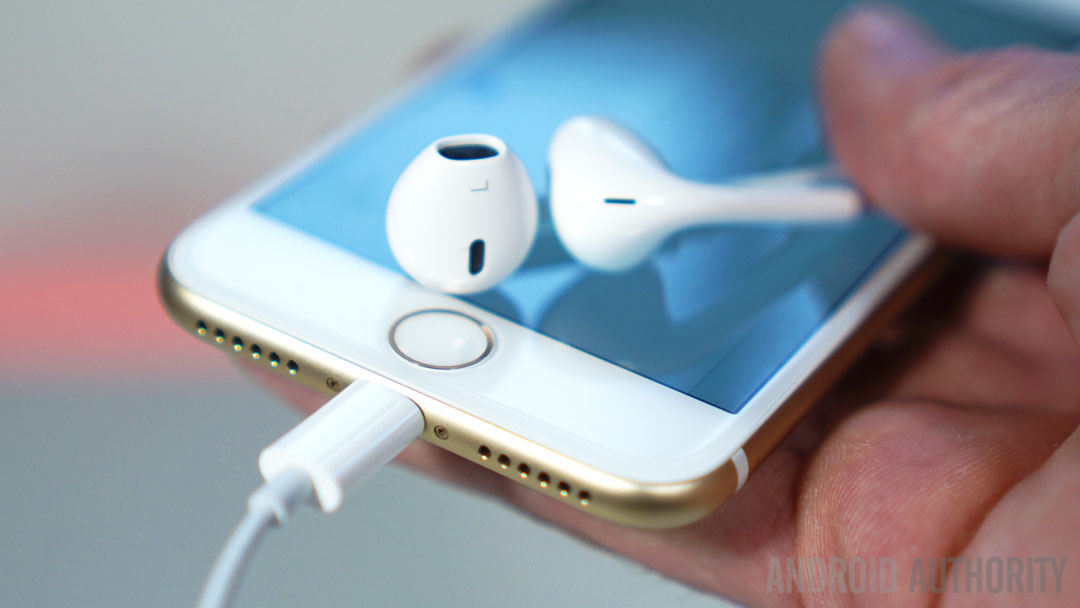
78 million – iPhone 7 and iPhone 7 Plus
Before anyone says anything, figures are only available for the iPhone series as a whole, much like Samsung didn’t publish Galaxy S, edge, and Plus models separately either. So while having two phones in here might seem unbalanced, they’re basically part of the same release and we feel that it’s fair game to count them together.
So the iPhone 7 series clocks in fourth place in our list, owing to a selection of new firsts for Apple’s handsets, even if they weren’t industry firsts. An IP rating for water resistance, bigger storage options, and a bigger battery were all good reasons to finally upgrade from an aging iPhone.
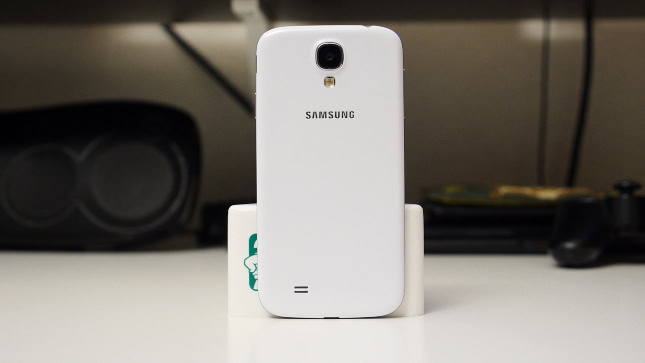
80 million – Galaxy S4
2013’s Samsung Galaxy S4 remains the company’s target to beat, despite the clearly much more sophisticated and high-end handsets that the brand has put out since. Again, Samsung managed to capitalize on the success of the Galaxy S3 to accelerate itself to the top of the market, thanks to both solid products like the S3 and a major marketing push.
The Galaxy S4 stood out in part to its increasingly high-end hardware and powerful feature set, as well as impressive software abilities. As much as Touchwiz was derided by some back in the day, features like eye tracking and Air View hover touch grabbed headlines and interest. Furthermore, they proved that Samsung was able to do more with Android than its competitors and that differentiation help to curate a unique identity for Samsung’s Galaxy brand. One that has clearly ended up rivaling Apple’s iPhone.
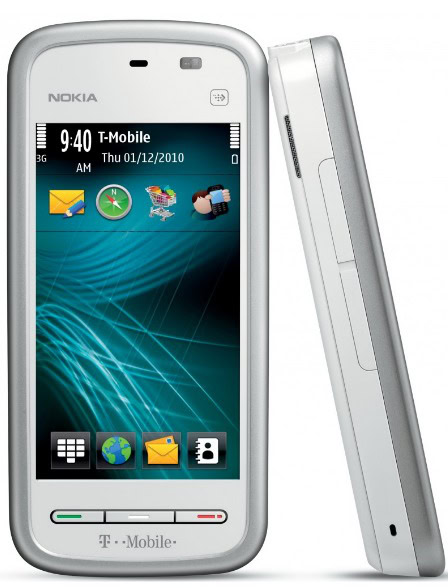
150 million – Nokia 5230
Perhaps the most surprising entry in the list, in second place no less, is a budget smartphone offering from Nokia – the 5230. It was certainly never envisioned as a smartphone in the modern sense, it didn’t even support a WiFi connection, yet it sold far better than almost every smartphone since.
The Nokia 5230 was released in 2009, packing in the company’s Symbian OS, not Windows Mobile or the popular Android OS that the company’s more memorable smartphone lines ran. There’s isn’t a lot to say about the handset’s hardware. The 3.2-inch display, 2-megapixel rear camera, and tiny 70MB of usable internal storage were nothing to write home about. However, the lack of features helped to keep the price down, making this a very appealing handset in budget markets.
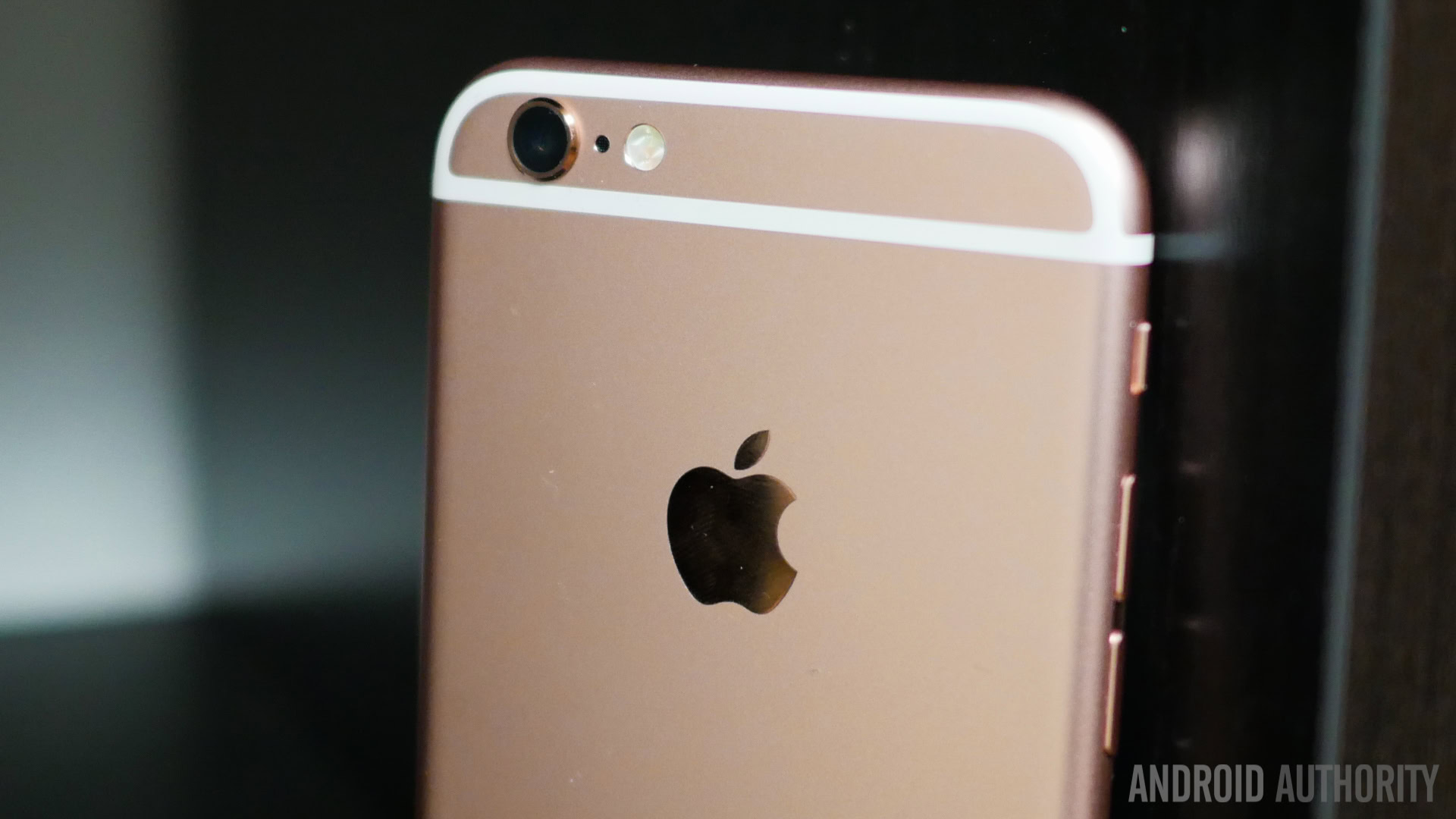
220 million – iPhone 6 and iPhone 6 Plus
If the Galaxy S4 is Samsung’s high bar to beat, then the iPhone 6 series is Apple’s equivalent. Having shipped almost three times the next closest iPhone release, the 6 and 6 Plus may never be topped as the most successful individual smartphone launches. Reception of the iPhone 8 and X certain doesn’t seem to be putting this record in danger.
The iPhone 6 Plus can probably be credited with much of this launch’s success, as this was the first time that Apple released a smartphone with a big display and “phablet” form factor. The handset’s panel certainly wasn’t large by Android standards at just 5.5-inches, but the handset gave Apple fans and power users a major excuse to get out and upgrade their handsets.
Why no recent handsets?
The iPhone 7 series is the most recent entry in our smartphone list, but it’s not even the most popular. The one definitive trend here is that it’s older handsets that were the best sellers. But how is this the case when modern smartphones are so much better and the market is so much bigger?
This probably boils down to two things. First, the increased competition in the market in recent years, which is splitting sales among a wider range of manufacturers and product lines. The rise of HUAWEI, OPPO, and others who are closing the gap between Samsung and Apple, for example. Secondly is that the most popular releases came about in the golden rise of the smartphone market. The 2012 – 2015 era saw substantial growth in the size of the market, before today’s plateau and far more limited growth.